Blancpain Applauds The Expanded Commitment of Pristine Seas
Blancpain Applauds The Expanded Commitment of Pristine Seas
On Monday September 22, in New York, at the Clinton Global Initiative, the National Geographic Society announced a major expansion of its Pristine Seas campaign to help protect our planet's most species-rich marine areas, with a goal of convincing governments to safeguard 20 new locations, comprising more than two million square kilometers of ocean world-wide.
Blancpain has been a leader in the support of the Pristine Seas efforts and was the first organization to contribute to it. This unwavering support, now in its fourth year, has helped the program grow to its present prominence as the world’s leading ocean conservation initiative.
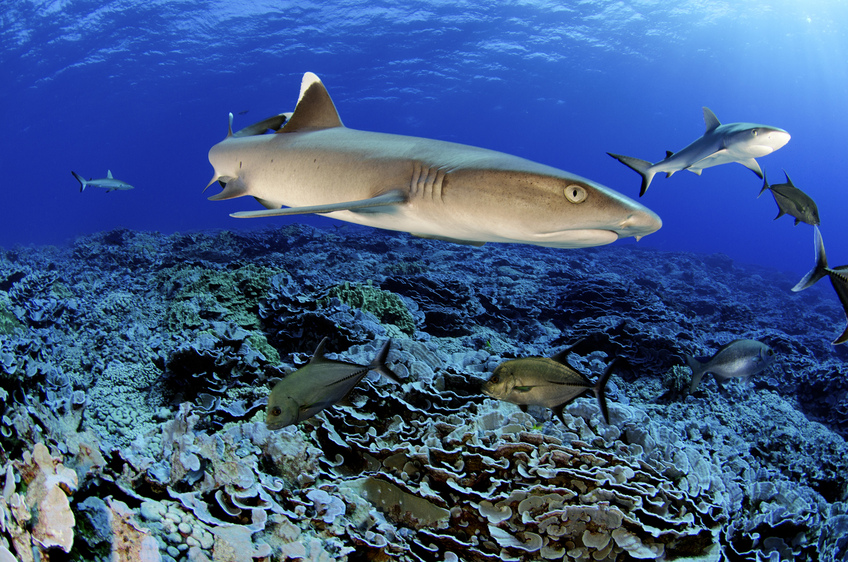
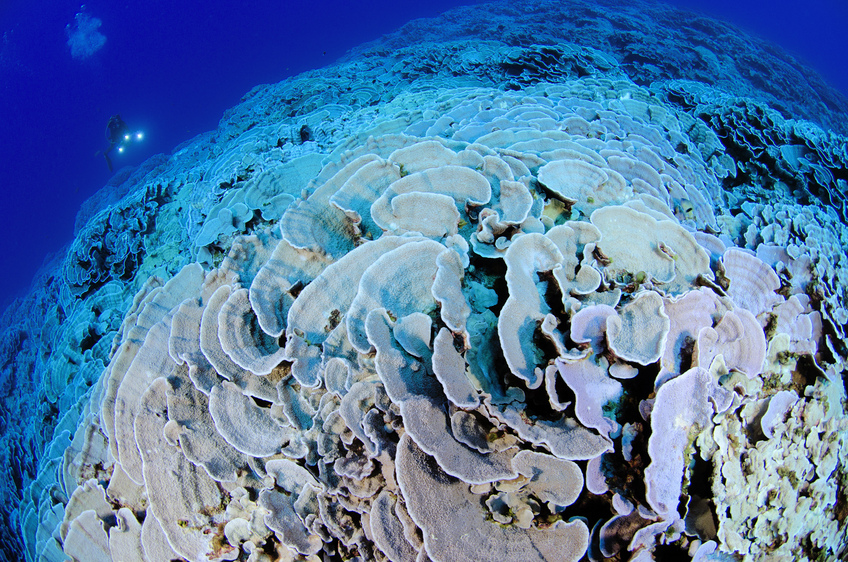
Blancpain was the first key partner to believe in the Pristine Seas project and to join forces with the National Geographic Society. Using a combination of exploration, scientific research, economic analysis and communications, the program has already helped protect areas in the United States, Chile, Gabon, Kiribati and Costa Rica, covering more than 400,000 square kilometers. Thus, the announced commitment expands a conservation model that has already proven successful and Blancpain is very gratified to see major additional partners following in its footsteps in support. These other partners joining with Blancpain include the Waitt Foundation, Prince Albert II of Monaco, the Leonardo DiCaprio Foundation, Jynwel Foundation, the Leona M. and Harry B. Helmsley Charitable Trust, Davidoff Cool Water, Lindblad Expeditions, Dynamic Planet, former President José María Figueres of Costa Rica and other individual donors.
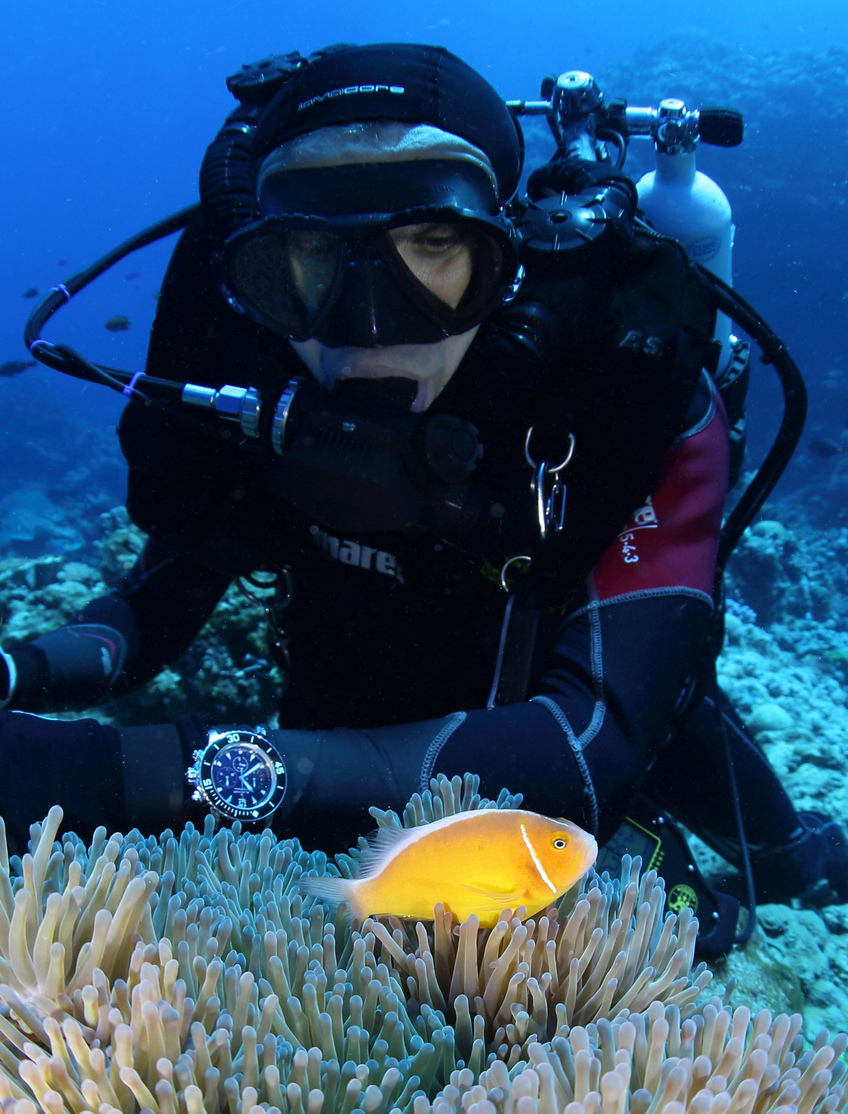
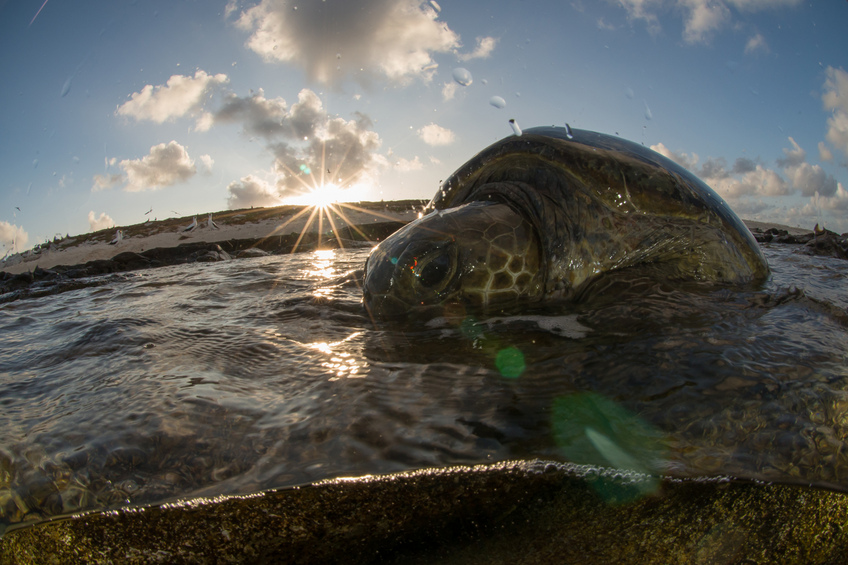
Pristine Seas is currently working on three major new marine reserves. The first, in the United States, could result in an historic expansion of the Pacific Remote Islands Marine National Monument, which would make the Monument the largest protected area on the planet. The two other areas are located in the South Pacific region near the Pitcairn Islands (an overseas territory of the United Kingdom) and near Palau.
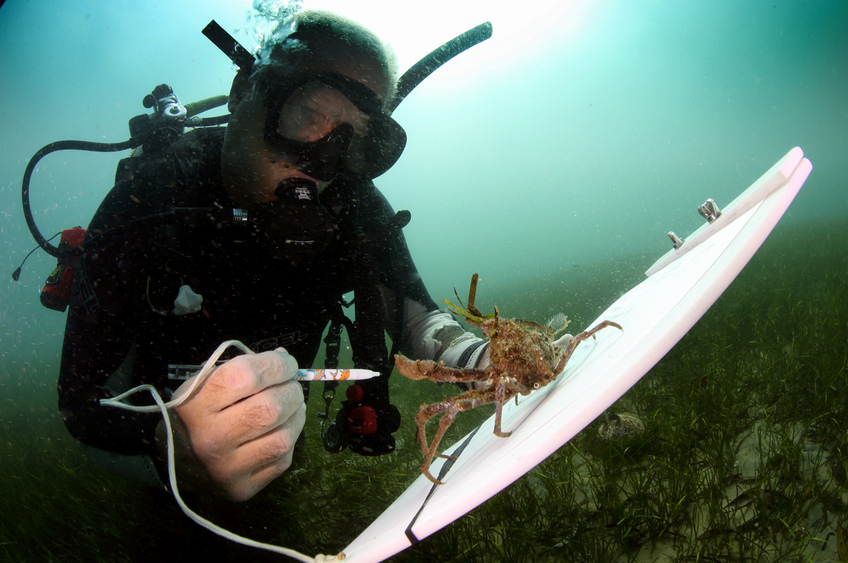
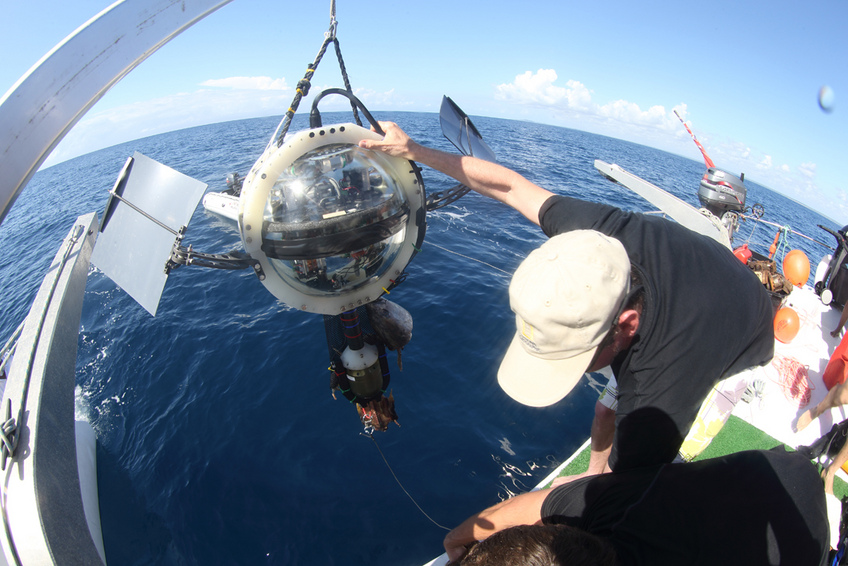
According to the commitment announced during the Clinton Global Initiative annual meeting in New York, during the next five years the National Geographic Pristine Seas project will inspire governments to protect approximately 20 new worldwide locations as fully protected marine reserves for a total of more than 2 million square kilometers. Setting aside areas that are off-limits to commercial fishing and mining in order to preserve their biological importance is an approach very similar to national parks created on land. Fulfilling this commitment will involve governments, local partners and influential business leaders. If fulfilled, it will help countries meet the United Nations Convention on Biological Diversity’s target of protecting 10 percent of the world’s oceans by 2020.
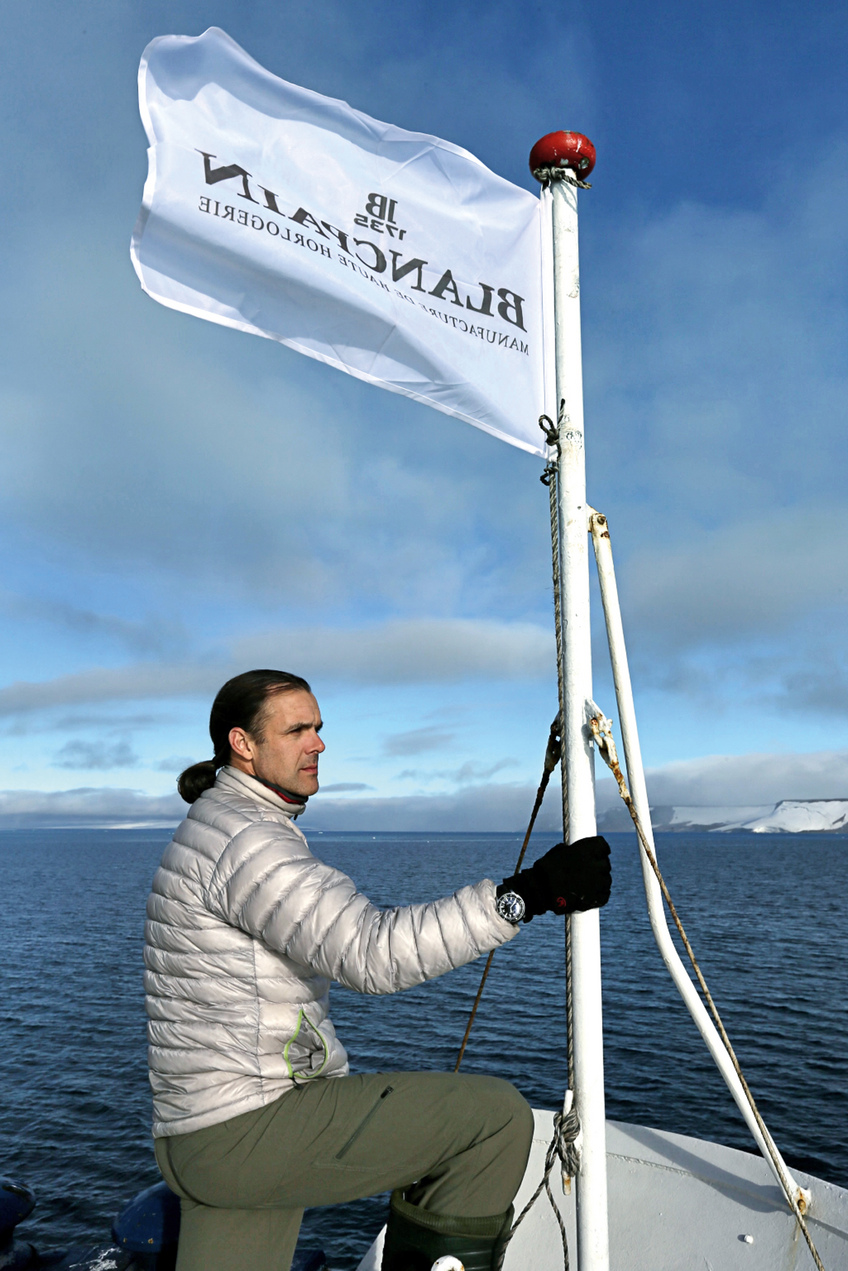
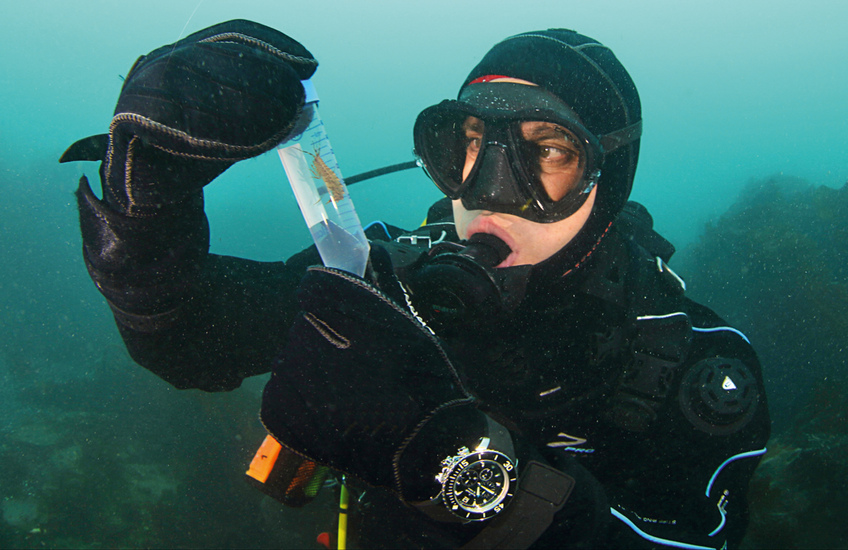
The National Geographic Society
With a mission to inspire people to care about the planet, the 126-year-old National Geographic Society is one of the world’s largest nonprofit scientific and educational organizations. Working to inspire, illuminate and teach, the member-supported Society reaches over 600 million people worldwide each month through its media platforms, products and events.
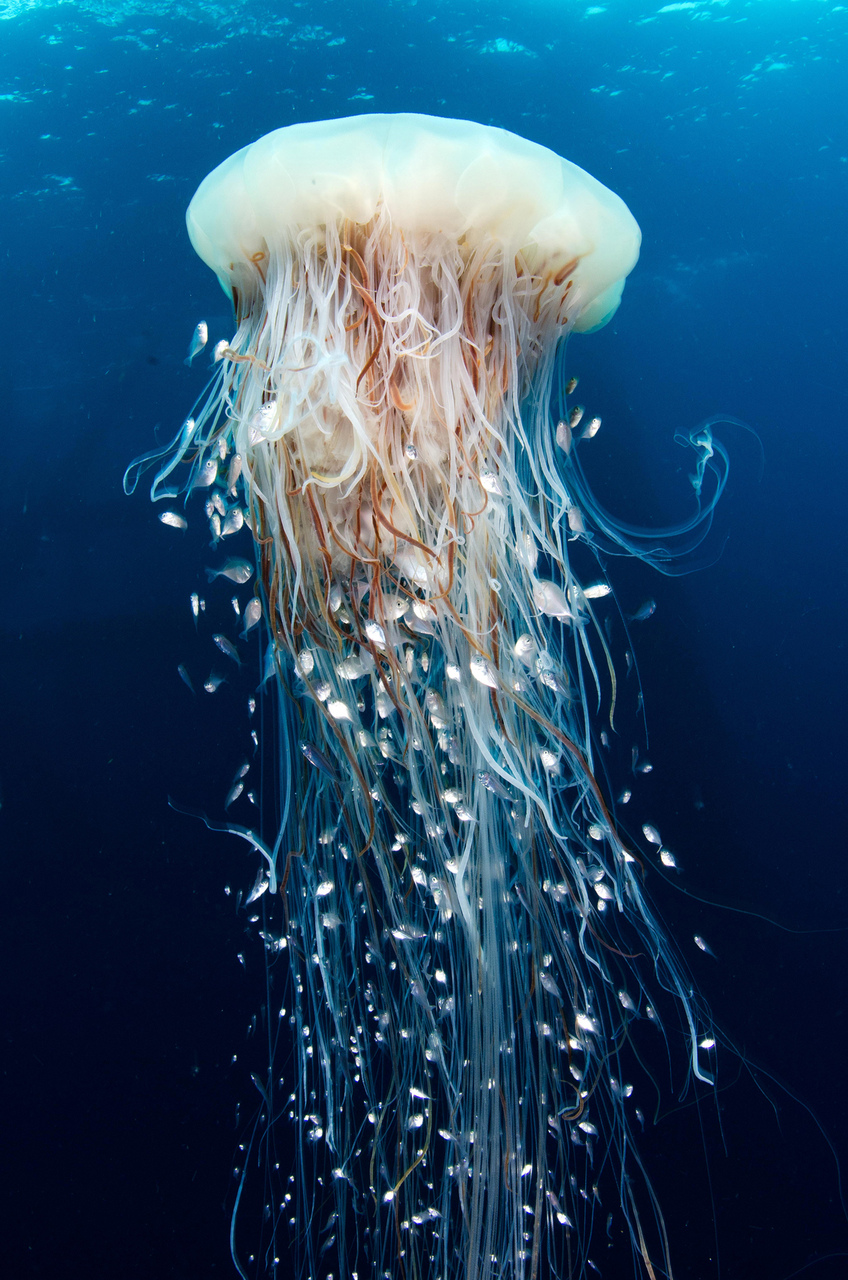
National Geographic has funded more than 11,000 research, conservation and exploration projects, and its education programs promote geographic literacy.

